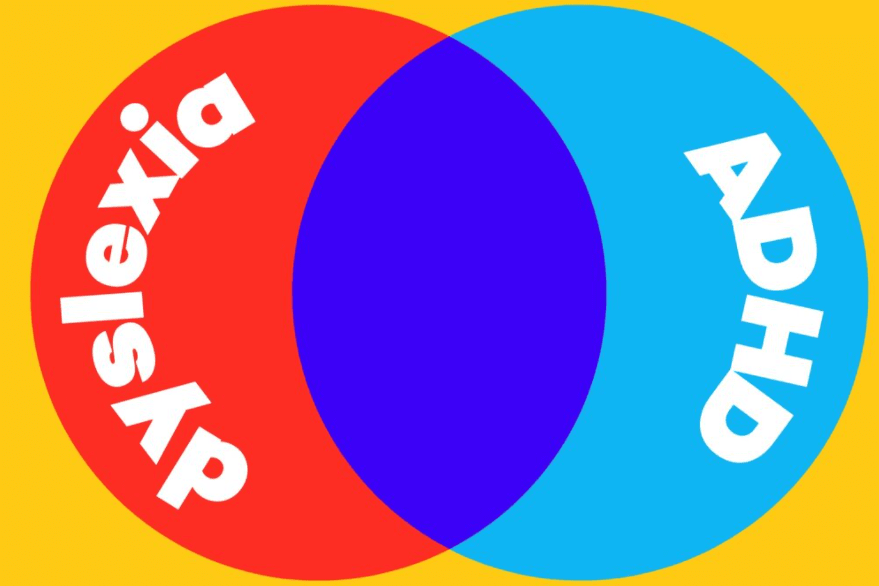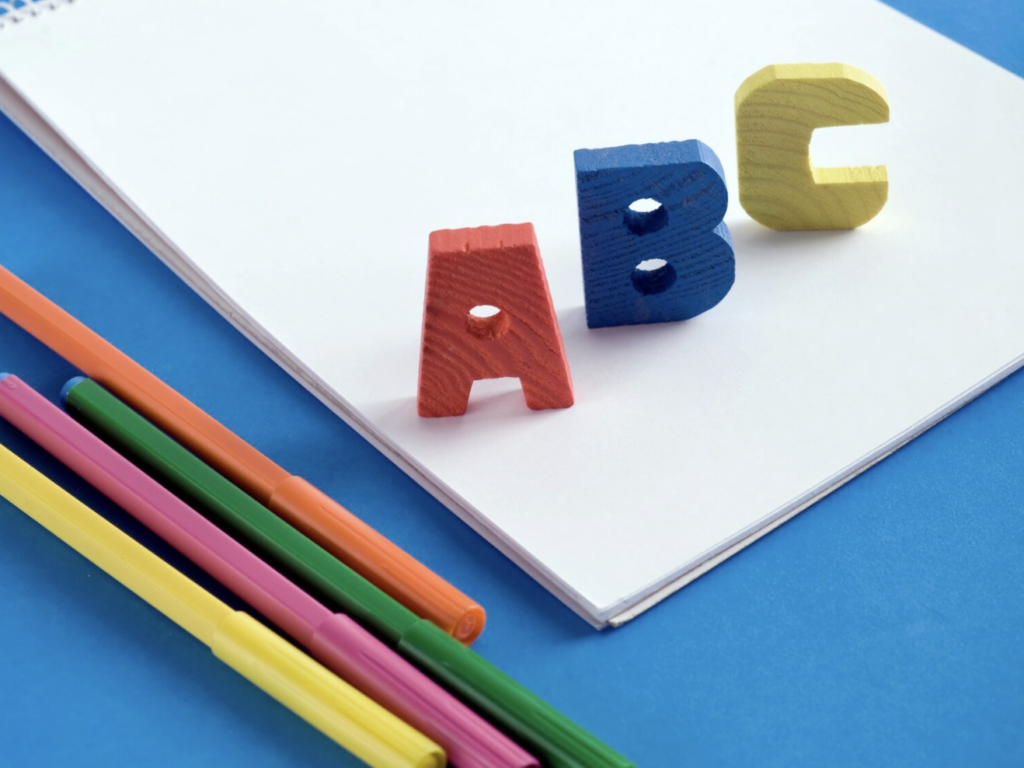
An important component of any structured literacy program is teaching kids about the different types of syllable. This comes as a surprise to some. Why do students need to know something as specific as syllable types? Knowing syllable types and the rules around them can make decoding and encoding longer words much less of a mystery! Here we’ll explain the six main syllable types and what they look like.
First, let’s make sure we are on the same page about what exactly a syllable is. A syllable is a single word or part of a word that has one vowel sound. The number of consonants don’t matter, and the number of vowels don’t really matter either. As long as there is only one vowel sound, we can consider it one syllable. Examples include the words he, meat, and stove. The latter is only one syllable because the ‘e’ at the end does not produce its own sound within the word.
Now, here are the six syllable types:
Closed syllables
Whenever a syllable ends in one or more consonants, it is a closed syllable. Vowels within closed syllables are always short. Closed syllables can be as short as “it” and as long as “stretch.” They just need to end in a consonant sound.
Open syllables
Unlike closed syllables, whose vowels are always short, the vowels within open syllables are long. These syllables end in the vowel, and this causes the vowel to “say its name.” Words like mu/sic and to/tal begin with an open syllable and end with a closed syllable.
“Silent e” syllables
Also known as VCe syllables, these words have what we call a “silent e” or a “magic e.” This is when an e comes at the end of a word in order to elongate the previous vowel and make it long. These words include bike, sale, cube, mode, and here. It’s important to note that VCe syllables with ‘e’ as the long vowel are not very common.
R-Controlled syllables
Syllables that contain a vowel immediately followed by the letter ‘r’ are R-controlled syllables. They are called such because any time an r’ follows a vowel, it changes the sound the vowel makes (cat becomes car, fox becomes for, hem becomes her, etc.) Examples of this type of syllable are sharp, born, germ, etc.
Vowel Team syllables
This syllable type includes any syllable that contains a vowel team. Despite its name, a vowel team can have consonants, too. It can also have two, three, or four total letters in the sound. Examples of this syllable type include reach, foil, though, sigh, brown, and toy.
Consonant-le syllables
The final type of syllable occurs any time ‘le’ comes after a consonant at the end of a word. This is the only syllable type that exists without a voiced vowel sound since the ‘e’ at the end of the syllable is technically silent. When this syllable comes after an open syllable, as in cycle, the consonant does not get doubled, but when it comes after a closed syllable, like in dribble, the consonant does get doubled.
Why do Syllable Types Matter?
As students grow and improve their reading skills, words grow longer and harder, and eventually students may not be able to rely on their “sound it out” strategies any more. The tricks they used to know won’t all necessarily apply to longer words, and students are often left to guess these words based on the first and last letters. Sometimes, they even skip over them altogether.
Knowing the syllable types helps with an extremely effective strategy for reading longer words called syllabication. Syllabication simply means splitting a word up into its syllables, and reading each syllable one at a time, then putting them together to form the whole word. When students have mastered this strategy, there is virtually nothing in the English language they can’t read!
Frequently Asked Questions
What is a syllable?
A syllable is an individual unit of sound in a word. It contains one vowel sound, regardless of the number of consonants that precede or follow it.
How many syllable types are there?
There are six main types of syllables: closed syllables, open syllables, “silent e” syllables, r-controlled syllables, vowel team syllables, and consonant-le syllables.
Why is syllabication important?
Syllabication is an extremely effective tool for decoding long words, which can be difficult for students to read. By being able to break down the word into its syllables, they can sound out each part one at a time and then put them all together to form the whole word. This will help them become more confident in their reading skills and give them the tools they need to be successful readers.
Learning about different types of syllables can help students understand how to effectively break down long words into syllables, a strategy called syllabication. This can help them improve their reading skills and better understand how to read longer words.
How do you explain syllables to a child?
Explain to them that syllables are like a word’s building blocks – each part of the word has its own sound, and when all the parts are put together, it makes up the entire word. For example, if you were explaining the word “flower,” you could explain that it is made up of two syllables: “flow” and “er.” So when you put them together, it makes up the word “flower.”
You can also explain that some syllables have special sounds such as a ‘silent e’ or an ‘r-controlled vowel’. Explain to them that these sounds change how words are pronounced and understood.
Finally, you can use syllabication to help them sound out longer words, by breaking them up into their separate syllables and then sounding each one out. This can help them feel more confident in reading longer words.
What other strategies should I use alongside syllabication?
In addition to using syllabication for reading longer words, there are also other strategies that can be used to help improve reading skills. These include using sight words, focusing on vowel sounds and consonant blends, learning rules for pronouncing difficult words, or focusing on spelling patterns. It’s important to use a combination of strategies to give students the best chance at becoming successful readers.




